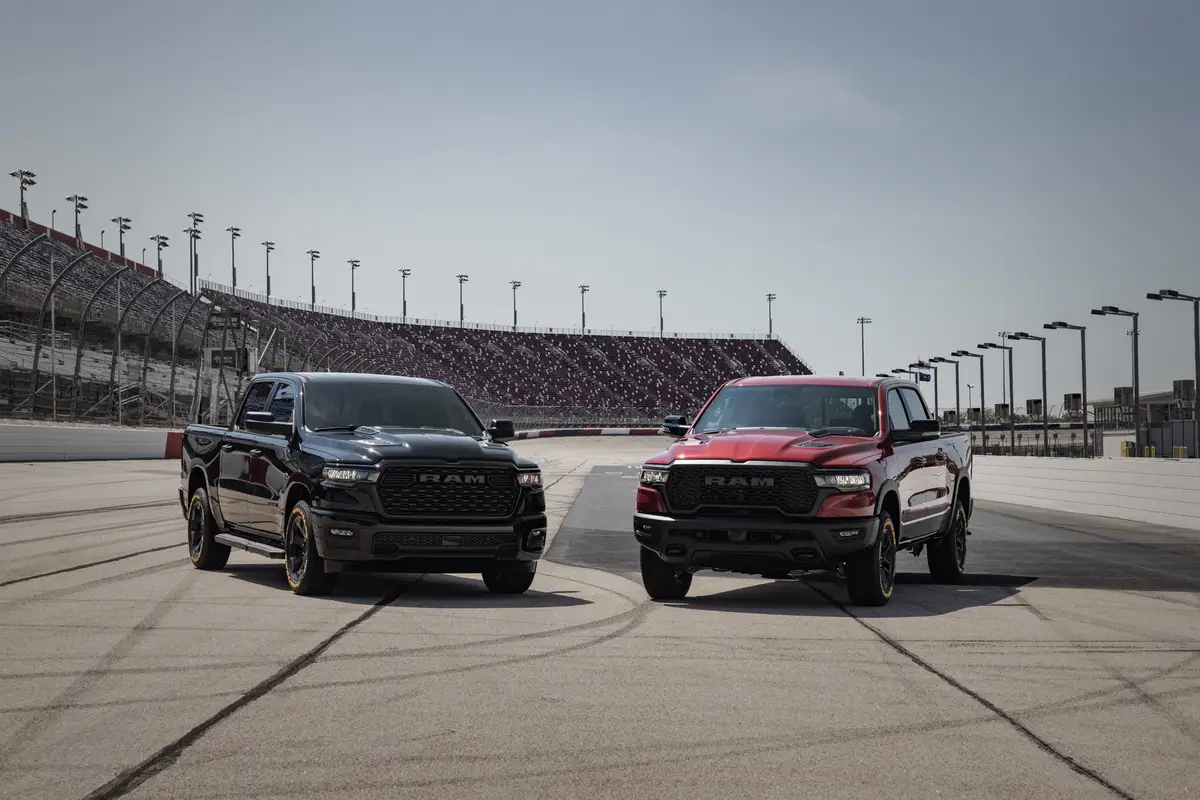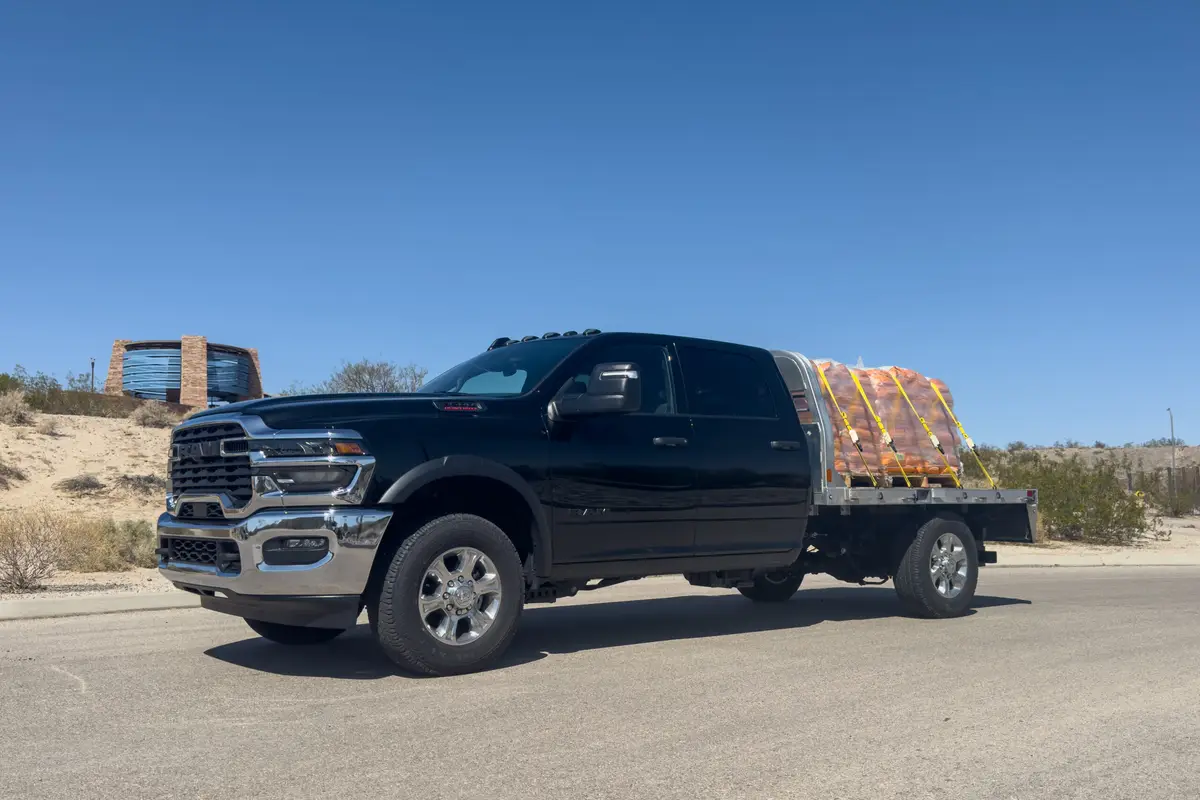Cincinnati.com's view
A roadster is the ultimate automotive self-indulgence. By definition, it only holds two people and is designed for fun, rather than practicality. They’ve been making a strong comeback, thanks probably to our nonstop economy, which leads to the kind of conspicuous consumption they typify.
The Mazda Miata can be credited with fueling the resurgence of interest in this brand of al fresco fooling around, and in its spare simplicity, still represents the pur sang approach traditionalists favor. Way out at the other end of the spectrum is this week’s specimen, the Mercedes-Benz SLK Class.
When speaking of roadsters or the broader class of convertibles, it’s fun to use the timeworn synonym “ragtop.” We won’t have to pay tribute to the Clich Foundation this week, though, because what distinguishes the SLK Class from all other cars that readily assent to “show me your passengers” is that its top is made of steel. Not a Targa or panel top, like the late lamented Honda del Sol, whose roof could be lifted off and placed in the trunk, but a rich-guy special involving nothing more strenuous than holding a switch for 27 seconds and marveling at the complexity of it all. If that doesn’t make you feel sybaritic, you’re dead.
The main objection to canvas tops these days is lack of security. It doesn’t take much more than a nail clipper to mutilate or penetrate even the best. Used to be that they were thin and thus noisy on the highway, but better assembly and the use of multiple plies has eliminated that bugbear. The yellowing, cracking plastic rear window has in many cases yielded to a proper one of glass, with defroster wires, even. And as for handling, the best of the convertible breed have demonstrated that loss of the steel carapace need not totally compromise bodily rigidity.
The SLK has a fairly large translucent knob located toward the rear of the console. It does it all – frees the latches atop the windscreen, lowers the side windows, opens the receptacle area back in the trunk and lowers and raises the top. For safety reasons you must keep your finger on it while it’s working, and it won’t operate when the car’s in motion. While the dance is in progress, the knob is lit up red and won’t turn off until the drill is truly finished.
Considering all the sensors and motors involved, Mercedes has done a reasonable job of keeping the weight down, although the SLK really is hefty for its tiny size. Wheelbase is a mere 94.5 inches, and overall length 157.9, just a bit more than Miata. Curb weight of the tester was 3,018 pounds.
It feels like a much bigger platform when rocketing over a country road. I was particularly surprised at both the lack of pitching, given the small distance between axles, and the compliance of the suspension, which in this case had to cope with the oversized, Z-rated (and thus unyielding) tires fitted as part of a sport package. Harshness was banished well before the cabin le vel, and the stiffness of the suspension was not bothersome, though appropriately muscular, given the car’s athletic abilities.
Designed as a convertible, the SLK does not depend on a solid top for more structural rigidity than you find in many a sedan, and the A pillar that supports the windscreen has been reinforced to serve as a rollover bar should one find, and exceed, the car’s limits. There are fixed rollbars behind driver and copilot, too, along with frontal and side air bags. No crash testing has been done on this platform.
New for 2001 is a six-cylinder engine. The base powerplant, on a model called the SLK230 Kompressor, is no slouch. Though it has only four cylinders totaling 2.3 liters, they are pumped up with a supercharger to deliver 190 horses and 200 foot-pounds of torque. That’s enough, by factory claim, to propel the car to 60 in 6.9 seconds, sporty-car territory. The six is normally aspirated, but displaces 3.2 liters. It provides only a modest i ement in hp (215) and torque (229), but oh, what a honey it is.
Its smoothness is unrivaled, even by the legendary inline sixes of BMW. It has two intake and one exhaust valve per cylinder, actuated by a single camshaft in each branch of the 90-degree V.
Good thing there’s a rev limiter, because it felt as if it was just hitting its stride at 6,000 rpm. And the exhaust note is very pleasant, approaching the mellifluousness of a V-8’s. I measured 0-60 times in the 7-second range, not abusing the machine any more than somebody making the payments would be likely to do.
You can get an SLK with either a five-speed automatic or six-speed manual transmission. The test machine had the manual box, which shifted superbly. I was disposed to use it often, because the gears are set up in close-ratio style, the better to keep the engine humming on the fat part of the torque curve. Fifth gear is a straight-through (1:1) ratio, while sixth is a fairly conservative 0.84:1 overdrive. At highway speeds, there was enough urge even in sixth to obviate the need for downshifts on moderate grades.
Top speed is electronically governed to 140 mph. I didn’t put that to the test, but I did try 70 with the top down. I found the flow of air over the windshield was managed well enough that even a 73-inch driver can avoid that annoying scalp massage too common in small convertibles. Cockpit turbulence was minor, though you wouldn’t want to leave papers lying about. With the steel top in place, freeway cruising was as quiet as in most luxury cars. Wind and suspension noise isolation is excellent.
Given its top speed potential, the SLK needs the large four-wheel disc brakes with which it’s fitted. Pedal feel was excellent, and stopping distances were impressively short. Antilock is standard, of course, along with Mercedes’ “brake assist” trickery, which senses an unusually rapid and powerful application of the brake pedal and signals the brakes to go to full potency more rapidly than they would through foot pressure alone.
An errant raccoon would be simmering in the stewpot had they not worked so well late of an evening. His suicidal dash and then indecision forced me to brake hard and swerve to and fro simultaneously, a task accomplished with aplomb.
The SLK lacks the driver-delighting crispness some sports cars afford, but its competence can’t be faulted. The tester had 17-inch wheels, clad in 225 – 45 rubber up front, 245 – 40s rear. One would be well advised to swap those for narrower snow tires in adverse climes, I suspect, but their grip on dry pavement was awesome. Fit and finish was impeccable.
EPA ratings are 18 mpg city, 27 highway. I couldn’t do worse than 21.1 in mostly enthusiastic country driving. Premium fuel, to be sure.
Base price on the SLK320 is $43,900. The test car had $620 worth of heated seats and a $4,135 sport package. This consists of a sculpted lower body designed by supertuner AMG, aerodynamic enhancements to the bumpers and sidesills, projector beam fog lamps and upsized AMG wheels wrapped with performance tires. Total, with freight, was $49,300.
“The Gannett News Service”
Latest news



